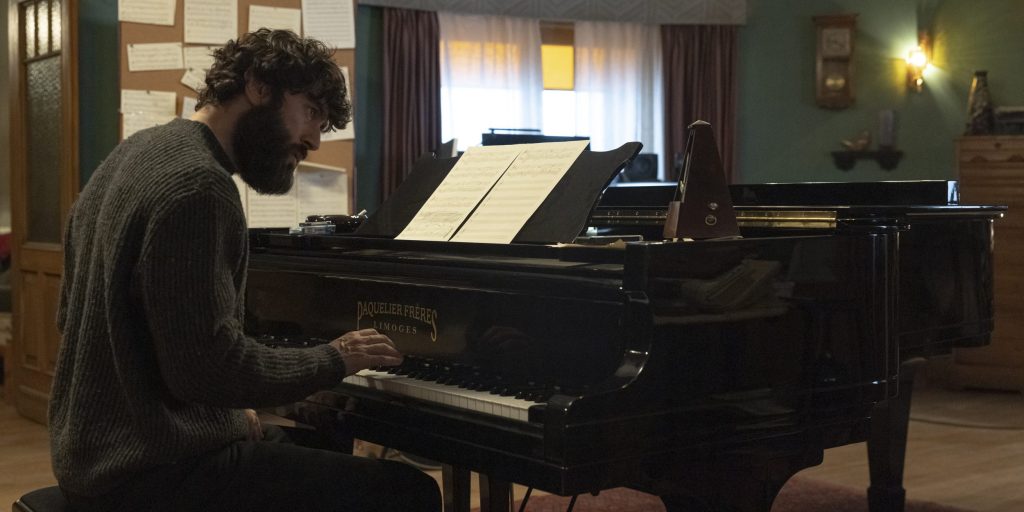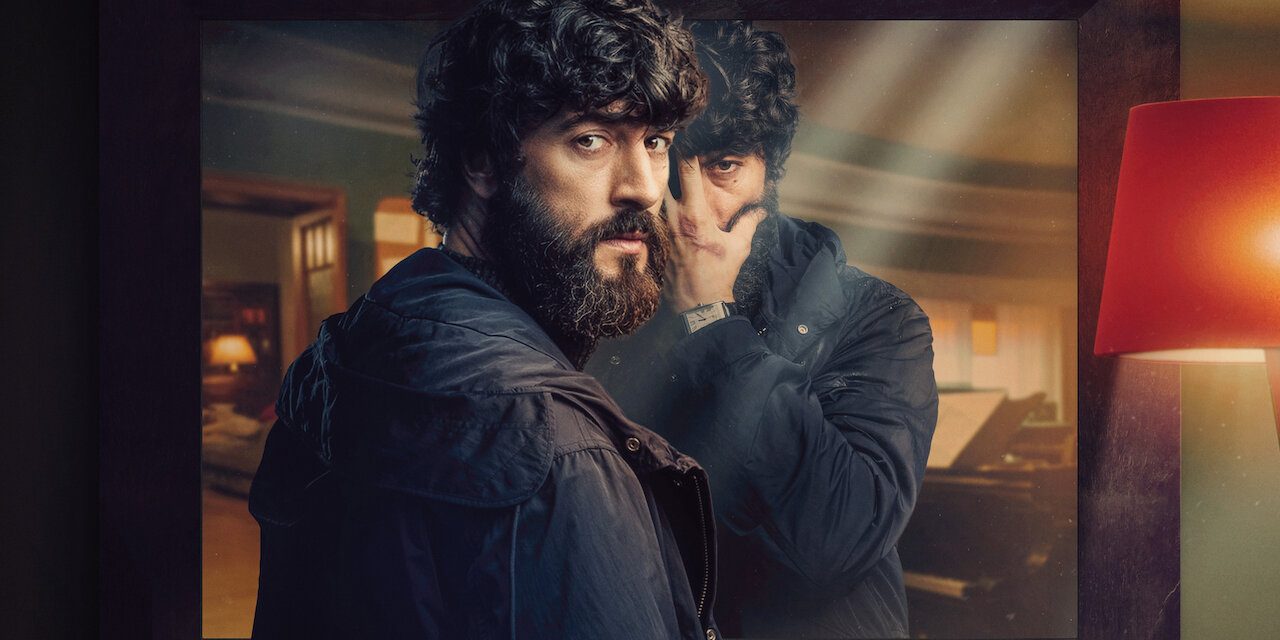Created and directed by Oriol Paulo, Netflix’s ‘The Last Night at Tremore Beach’ follows a struggling music composer, Álex, whose peaceful existence in a secluded seaside town is upended when he starts gaining an eerie insight into the future. As the show delves into the nature of his newfound powers, it also tries to piece together how they mirror the mysterious events happening around town, specifically connected with his neighbors. The lines between fiction and reality start getting blurred as Álex looks back into his childhood as a way to understand his predicament, offering a complex psychological thriller brimming with intrigue.
The Last Night at Tremore Beach is Adapted From a Novel That Partially Stems From Real Experiences
Originally titled ‘La última noche en Tremor’ in Spanish, ‘The Last Night at Tremore Beach’ is a fictional story based on Mikel Santiago’s 2014 eponymous novel about a struggling pianist stuck in a seaside Irish town with morbid visions. Creator Oriol Paulo penned the show’s first season with co-writers Jordi Vallejo and Lara Sendim. It takes inspiration from the book penned by Santiago, which came to the author through his personal experiences while living in Ireland around the late 2000s. After witnessing a wild and windy storm during a weekend trip with some of his friends, the writer was struck by the scenery and the intensity of the environment, which started forming the first legs of his novel’s idea. The clarity of the setting allowed him to start developing the rest of the story.
In an interview, Santiago described how he started populating the fictional seaside environment with a sense of loneliness, as that was the most integral aspect of the narrative. To that end, the choice of the people inhabiting the story was pivotal in bringing out those atmospheric qualities. He was obsessed with the idea of a forlorn figure leading the story’s central focus. This thought process eventually landed him on the concept of a music composer-type protagonist. According to Santiago, only a “creative person” could legitimately inhabit such a lonesome house where there was nothing to keep him company except the constant battering of the waves. For the other additional figures, the writer decided to adopt a principle of moderation as it was his first novel, and he wanted to keep it manageable with the number of characters.
To keep the story engaging and flowing, Santiago mentioned how the central thread was built on a feeling of anticipation that he wanted to seed in the reader. He acknowledged that the audience would only read till the end of the book if they felt propelled by a sense of mystery or a looming threat on the horizon. Fortunately, the presence of a character who is beginning to hallucinate eerie visions adds weight to that sense of trepidation as it helps visualize a sense of morbidity and something being off right from the get-go. The writer also added to the sentiment by saying that there was a sense of mysticism to the story, or premonition, that he wanted to give to his protagonist, as that was something that he felt connected to even as a young child.
The Last Night at Tremore Beach Embraces the Off-Kilter Aspect of the Original Novel

When adapting the novel, the scriptwriters and creators made a few technical changes in the story’s worldbuilding, the most prominent of which is the change from an Irish setting to an Asturian village in northwest Spain. Considering the fact that the entire production is originally Spanish, it makes sense to root the narrative in a Spanish locale. Still, the source material’s vibe, tone, and aesthetic are maintained because the village depicted in the show captures that same sparse and seaside atmosphere pivotal to the psychological aspects of the fiction. It also embraces the protagonist’s slow descent into madness with a similar kind of precision, giving more life to the terrifying accident that starts his eerie visions.
Another alteration in the show’s version of events is the change in the protagonist’s name from Peter Harper to Álex. It is a minor modification that again doubles down on the show’s Spanish roots. At its heart, however, the primary essence is preserved through the mind-bending narrative that often leaves more questions than answers for the audience. It occupies the sweet spot between disseminating enough information about what’s happening and withholding the rest, which creates the intrigue needed to propel the story into deeper depths. While it may not be based on any specific events, there is a constant feeling of darkness running through the drama, which helps ground it in a pseudo-reality despite some of the more exaggerated stuff that takes place.
Read More: The Last Night at Tremore Beach Ending, Explained: Are Alex’s Visions Real or Hallucinations?


You must be logged in to post a comment.